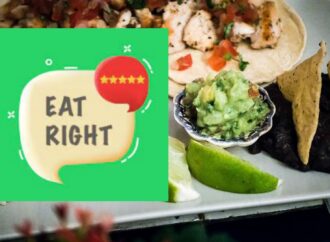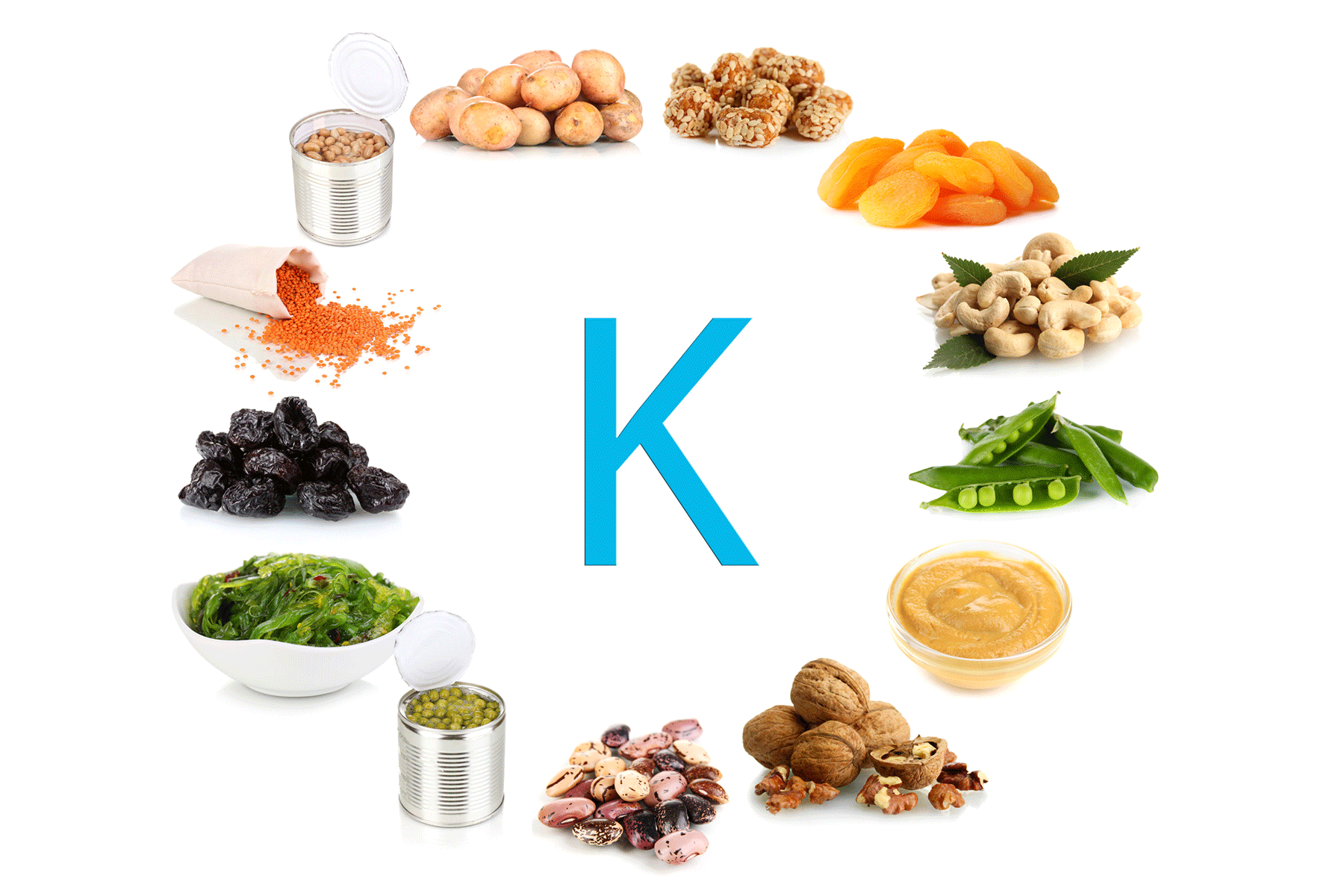It goes without saying that COVID-19 has changed the face of many industries, and unfortunately, the hospitality sector has been hit particularly hard. The year 2020 was unprecedented, bringing about surprising trends in the food and beverage industry. As we move through 2021, it’s evident that these trends will continue, with consumers now placing a heightened focus on health, convenience, and environmental consciousness.
Below, we’ll explore five key trends that are expected to dominate the food and beverage sector this year.
1. Consumers Embrace Health-Conscious Choices
The events of 2020 have prompted more people to prioritize their health. Consumers now recognize the importance of bolstering their immune systems through proper nutrition. As a result, the industry is witnessing a surge in demand for health-conscious food and beverages.
Nutrient-dense products designed to improve health and wellness are on the rise. Additionally, products promoting enhanced mental function and mood will gain popularity. Expect to see a wide array of pre- and probiotic drink options on supermarket shelves, as consumers seek to support gut health and immune systems.
This rise in health-consciousness will also lead to more brands opting for natural ingredients and openly discussing their eco-credentials to attract environmentally conscious customers.
2. Focus on Sustainability
While sustainability has been a significant consideration in the food and beverage industry for years, consumers are now more invested in both their health and the environment. Consequently, there will be a notable increase in plant-based options and meat-free alternatives for popular food products. As a business, it may be worth exploring plant-based replacements for meat and dairy, to align with the growing demand.
Expect to see a broader range of plant-based products at different price points, including supermarket-branded varieties. Innovations in taste and texture will also be on the rise, as food scientists strive to replicate authentic meat and dairy experiences in plant-based foods.
Sustainability will also extend to packaging, with more companies adopting eco-friendly practices and providing recycling tips on product labels.
3. Online Shopping Becomes Integral
Technologies like online grocery shopping and takeaway apps have revolutionized how people shop, cook, and eat in recent years. Consumers can now conveniently order anything they desire with a few taps on their devices.
This trend is partly fueled by new consumer groups embracing the convenience of online shopping. As we cannot predict the course of this year, it’s apparent that the popularity of these apps is here to stay.
For hospitality businesses and retailers, maintaining an online presence is crucial. Companies should invest in innovative ways to use the internet to retain customers. This may involve joining takeaway apps, enhancing website user-friendliness, and focusing on digital marketing strategies.
4. Continued Demand for Recipe Boxes
The rise in demand for recipe boxes and meal kits observed in 2020 will continue in 2021. Consumers are now more interested in cooking from scratch and trying out new dishes and cuisines.
Local independent restaurants are likely to create their own recipe boxes to engage customers who cannot dine in. Collaborations between meal kit companies and restaurant chains may also allow consumers to recreate their favorite dishes at home.
5. Emphasis on Safety and Hygiene
The COVID-19 pandemic has heightened the importance of safety and hygiene in the food and beverage industry. Consumers are increasingly checking establishments’ hygiene ratings before making food purchases.
To meet this demand, businesses should ensure staff members are well-versed in best practices through food and hygiene training.
In conclusion
In 2021, the food trends that emerged in 2020 will continue to thrive. Consumers are placing a stronger emphasis on their health, the environment, and convenience. The past year has pushed many businesses to adapt to new trends and ways of living, making resilience and responsiveness essential for success in the evolving food and beverage landscape.
 Food Manifest
Food Manifest 
















Leave a Comment
Your email address will not be published. Required fields are marked with *